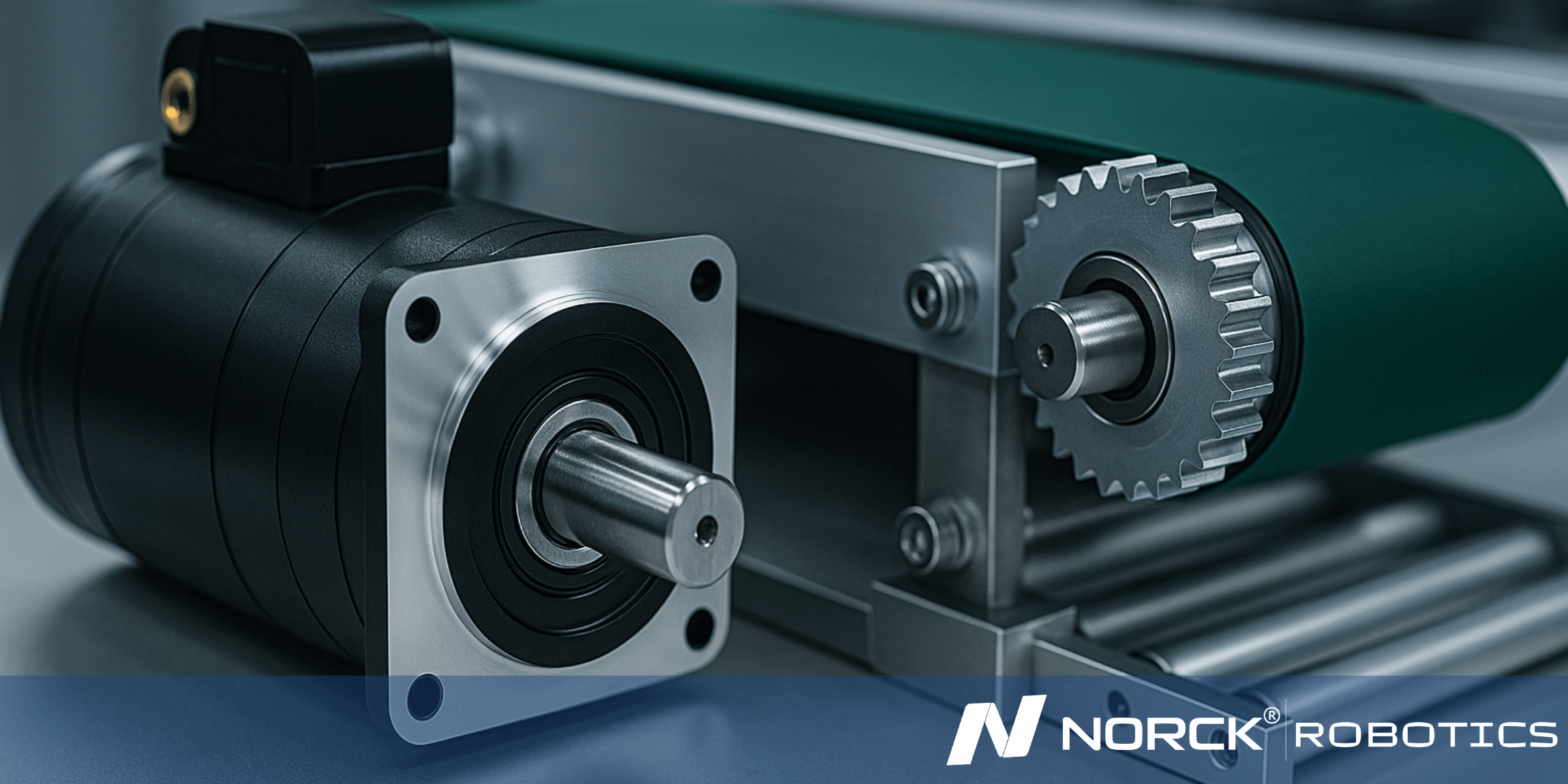
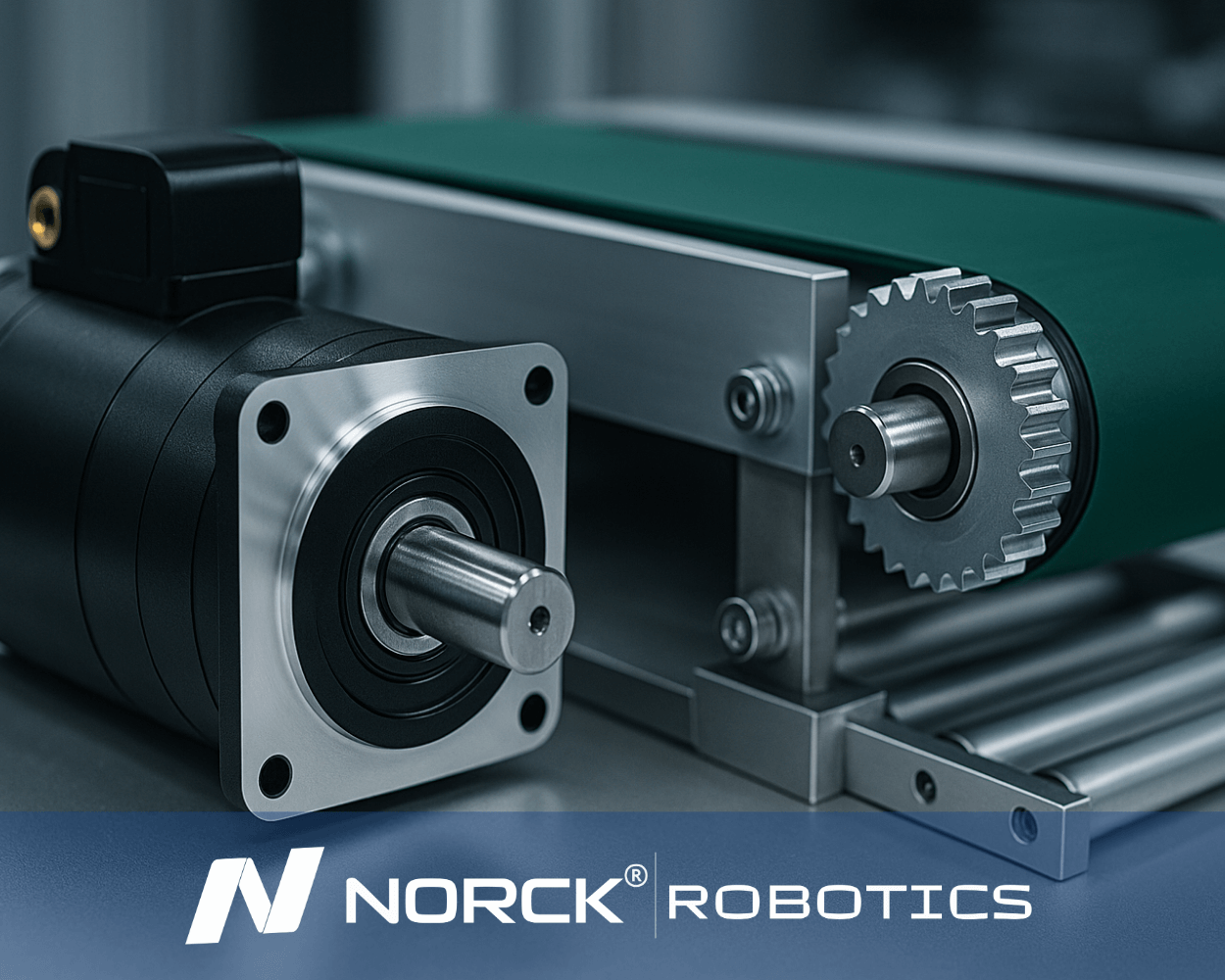
Ready to automate your future? Get a quote from Norck Robotics now!
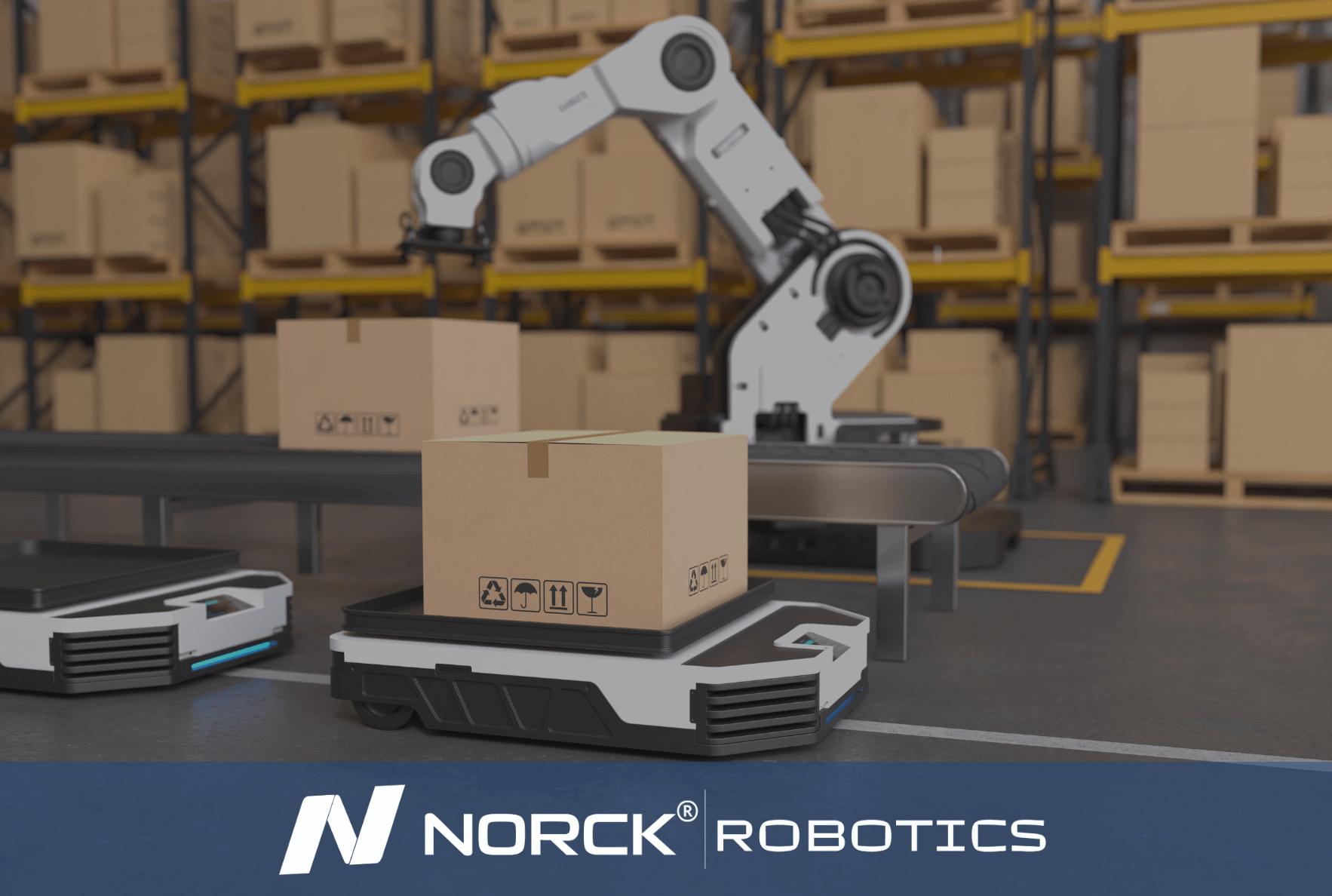
Norck Robotics specializes in providing unique robotic automation and engineering solutions designed to meet the specific operational needs of each client. Our expertise covers a wide range of industries and applications.
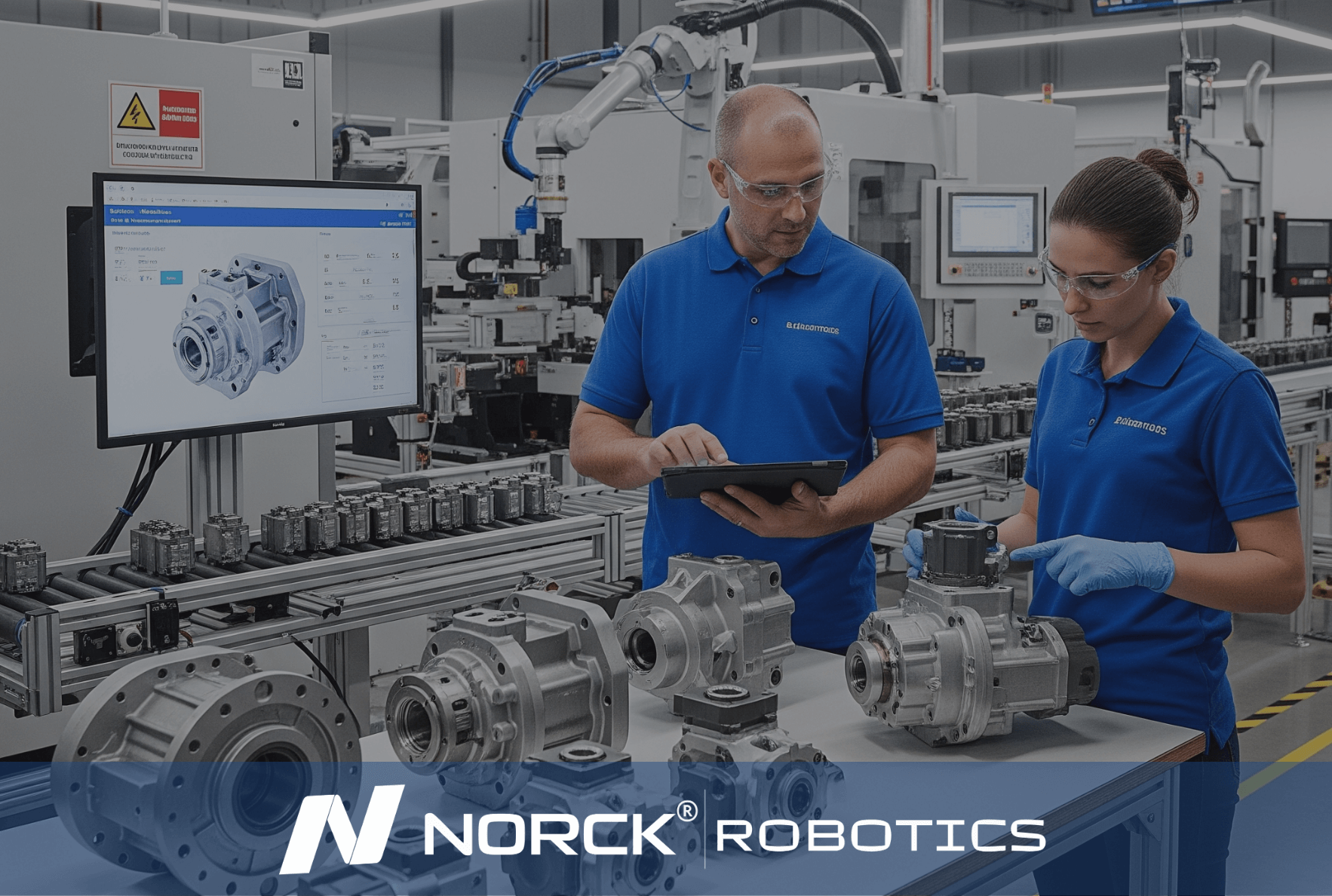
Norck Robotics delivers turnkey robotic automation and engineering solutions tailored to your specific needs across various industries.

Whether you need a single robotic cell prototype or full-scale factory automation, Norck Robotics engineers are ready to collaborate with you to bring your concept to life.

Norck Robotics engineers analyze your existing processes to provide feedback that enhances efficiency, cost-effectiveness, and productivity for robotic integration.
In the world of electric motors, brushless rotary motors are considered the most attractive choice across industries-from robotics, medical device manufacture, aerospace, to industrial automation. Some advantages of brushless motors over brushed ones in terms of performance and durability have driven their popularity. The points below outline the key benefits that make brushless motors a better option.
Brushless rotary motors reduce energy losses. In the brushed motors, the flow of current across the windings is achieved physically by brushes; whereas in brushless ones, electronic commutation presents less friction, energy losses, and consumes far less power to carry out the mechanical work. This is, therefore, ideal in scenarios where long runtime and low power consumption are required.
Since brushless motors have no brushes to wear out, they last much longer compared to their brushed alternatives. The absence of parts that go through mechanical wear means less maintenance, cheaper replacement cost, and increased reliability over time.
Brushes found in normal motors require replacement from time to time and produce a dust that may interfere with motor performance. Brushless rotary motors completely remove this problem and thus provide for a cleaner, quieter operation that requires no maintenance.
Brushless motors achieve the highest-speed and torque control, a prerequisite in fine applications. They are able to respond more quickly to speed variations and implement more advanced control algorithms; hence, they are in demand with industries that need fine control over motor operations.
The brushless rotary motors generate less heat as they operate because of their good design. So, overheating is minimized, consistent performance is enhanced, and the need for cooling is limited-a feature important when the design is compact or heat-sensitive.
Higher power density in brushless motors enables them to have smaller dimensions and less weight than industrial brushed motors of the same rating. This facilitates more compact product designs and efficient space utilization in machinery and electronic gadgets.
The brushless motors could be set to use wherever volatile or sensitive environments existed, as sparks or abrasion debris from brushes can cause a blast or at least an ignition. Brushless construction further helps prevent contamination by dust or moisture.
Conclusion
Brushless rotary motors do make a very attractive upgrade over brushed motors, being more efficient, longer lasting, better performing, and requiring less maintenance. Now, with industries demanding smarter and reliable motion solutions, brushless technology clearly fits the bill for today"s applications.
Thus, if you are designing a successful tool requiring accuracy or attempting to design an industrial motor system, its operational performance and value will greatly glide up on brushless rotary motors.

In addition to its own expert engineering team, Norck Robotics provides access to a network of hundreds of top-tier system integrators, robot manufacturers, and component suppliers across the United States, Germany, and Europe.

Working with Norck Robotics reduces dependency on manual labor, increases production consistency, and secures your operations against unforeseen disruptions, quality issues, and fluctuations. This enhances your company's supply chain resilience.
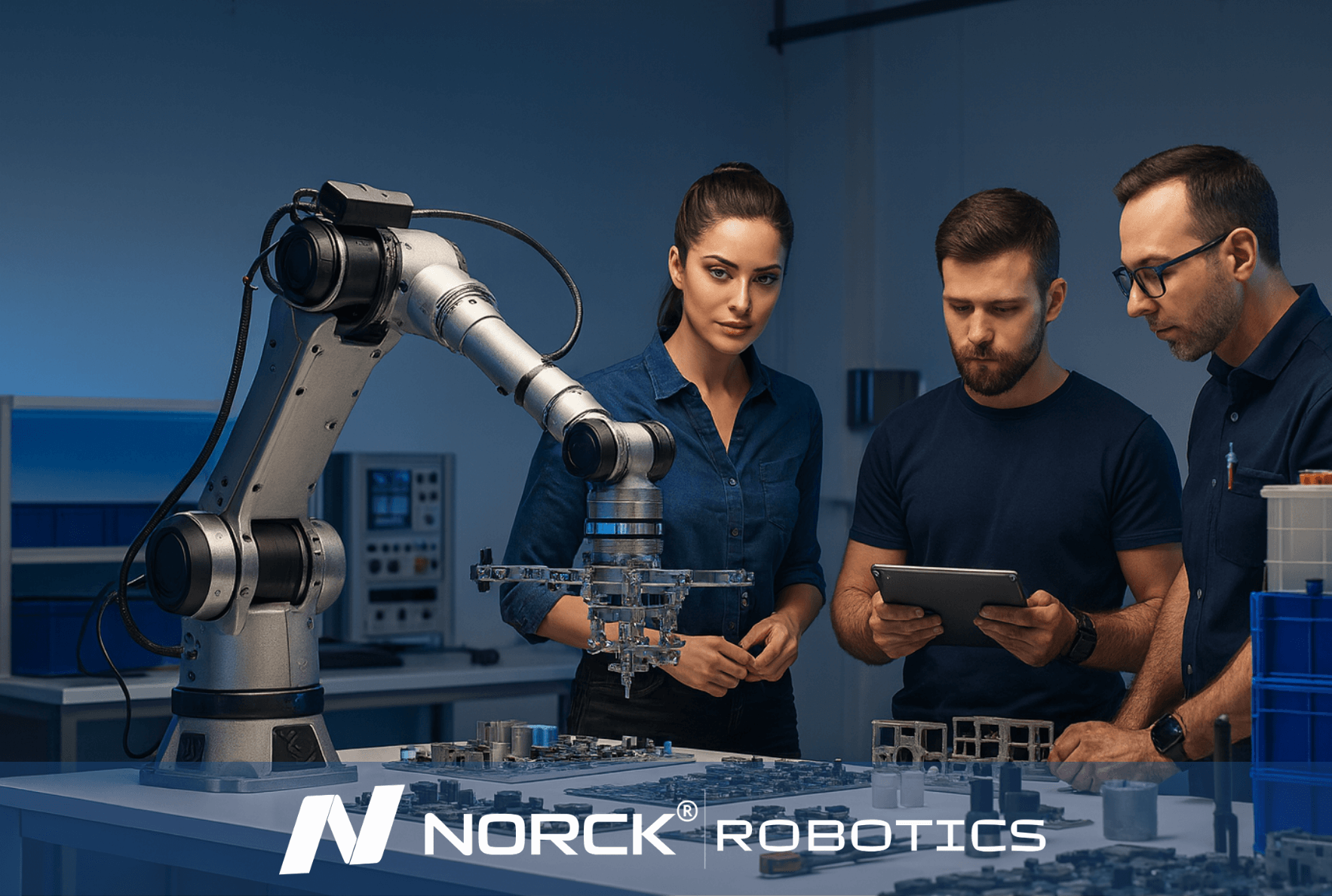
Norck Robotics advances digital automation by developing custom-designed robot grippers, advanced vision systems, and innovative simulation software. With an AI-driven, data-centric approach, it enables smarter system design, optimal performance, and predictive maintenance solutions.
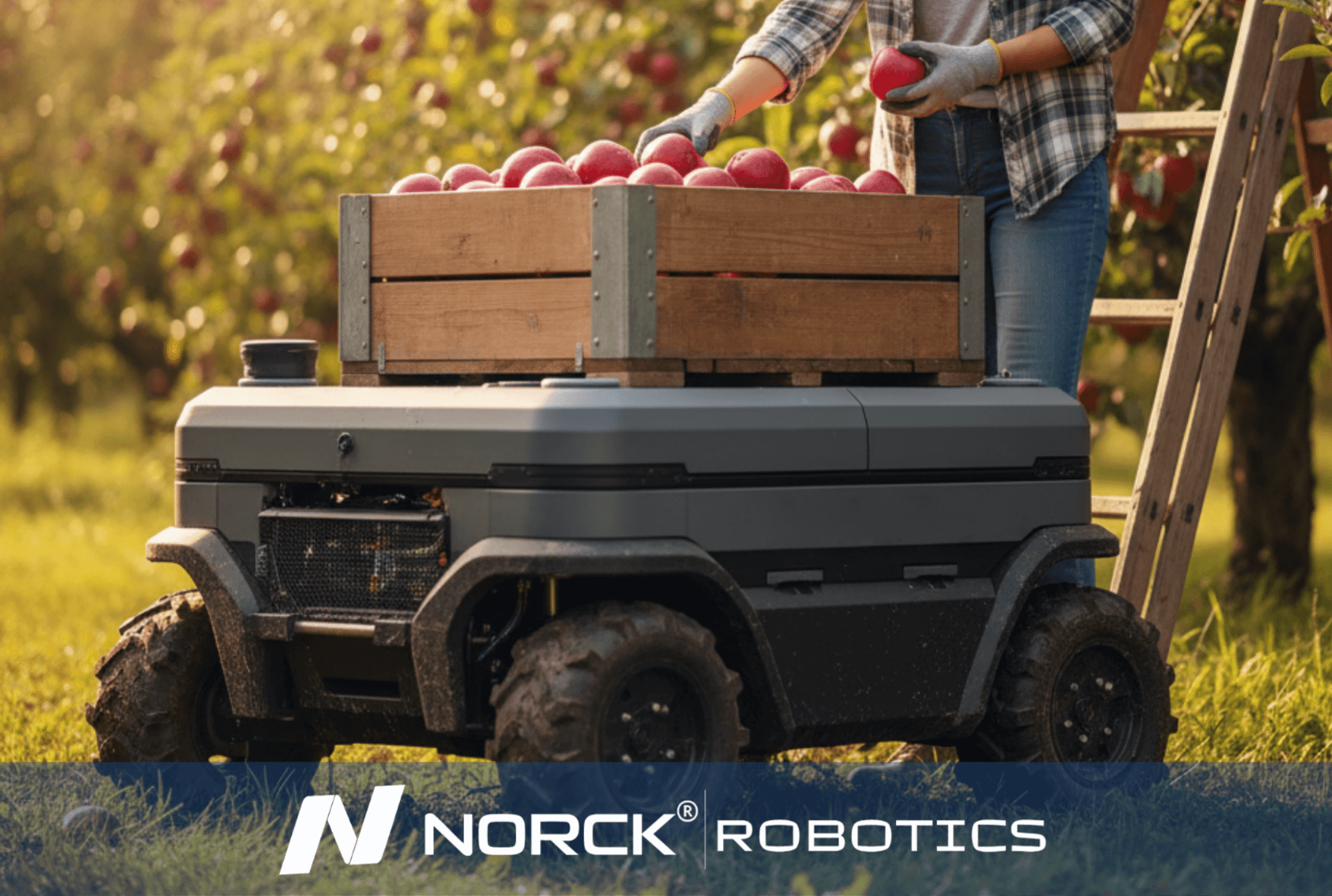
Norck Robotics encourages its partners to be carbon-neutral by reducing energy consumption and material waste through the efficiency of robotic automation, and prioritizes environmentally conscious suppliers.
Brushless rotary motors helped guarantee longer reliability and efficacy of the manufacturing line into an automotive plant. Since these motor types suit accuracy, durability, and almost maintenance-free designs, they are precious to automotive manufacturers. Following are ways through which production standards are improved:
In robotic assembly, welding, painting, and handling of materials, brushless rotary motors provide efficient speed and torque control. This almost accurate motion yields uniform production in every single product with the least degree of error and wastage.
The absence of brushes for abrasion in brushless motors means they require very little maintenance in contrast to brushed motors. This directly reduces instances of unplanned downtime; hence, production lines can smoothly operate and maximize production uptime.
Energy conservation remains a priority of automotive manufacturers to keep operational costs low. Brushless rotary motors, therefore, have been designed to conserve energy while producing great torque output, giving the consumers huge savings in their energy bills without compromising on their performance.
On the manufacturing floor where everything is so frantic, design means saving space. Brushless rotary motors were constructed with compactness and lightweight in mind to fit into automated systems and robotic arms perfectly. Such versatility supports lean manufacturing and wasteless allocation of space.
A number of other moving parts are absent, especially brushes, so mechanical wear is quite a bit less in these motors; hence the motors undergo extended operational periods. Replacement costs are lower with enhanced line reliability due to the decrease in replacements.
A noise can be considered an environmental concern in production. The brushless rotary motor produces very low noise compared with its brushed counterpart, which creates a better working environment for the operators and hence a safer and more comfortable manufacturing environment.
Conclusion
The importance of Brushless Rotary Motors is underscored by the fact that they offer more precision, less maintenance, and better energy efficiency to automotive production lines. Their integration into modern manufacturing enables continued quality in production, shorter production cycles, and lower operational costs, making it an imperative in today's immensely competitive automotive domain.
When high precision with efficient and reliable motion control is required, brushless rotary motors find widespread use. These motors are developed for generating high torque with smooth rotation in the absence of brushes and thus are suitable for types of mechanical motion. Two major motions they cause are:
Brushless rotary motors are mostly used to produce joint rotation in robotics arms, automated machines, and articulated systems. Due to its precise speed and position control, smooth and accurate multi-axis movements are thus produced. These working joint motors in manufacturing robotic-based systems for repeated operations to delicate motions in a medical instrument require essentially no maintenance.
Brushless rotary motors serve as conveyors on automated production and material handling lines. They provide the needed rotary motion required to convey materials at different speeds and varying loads. Because of high-efficiency and low heat generation, they should be the prime consideration of industrial application wherein uptime and performance matter.
Thus, their very good dividend in relation to durability, efficiency, and versatility is what makes brushless rotary motors the common choice for the driving motions in modern automation. From joint rotation to conveyor drives, they simply reign in these areas in reliability and control.